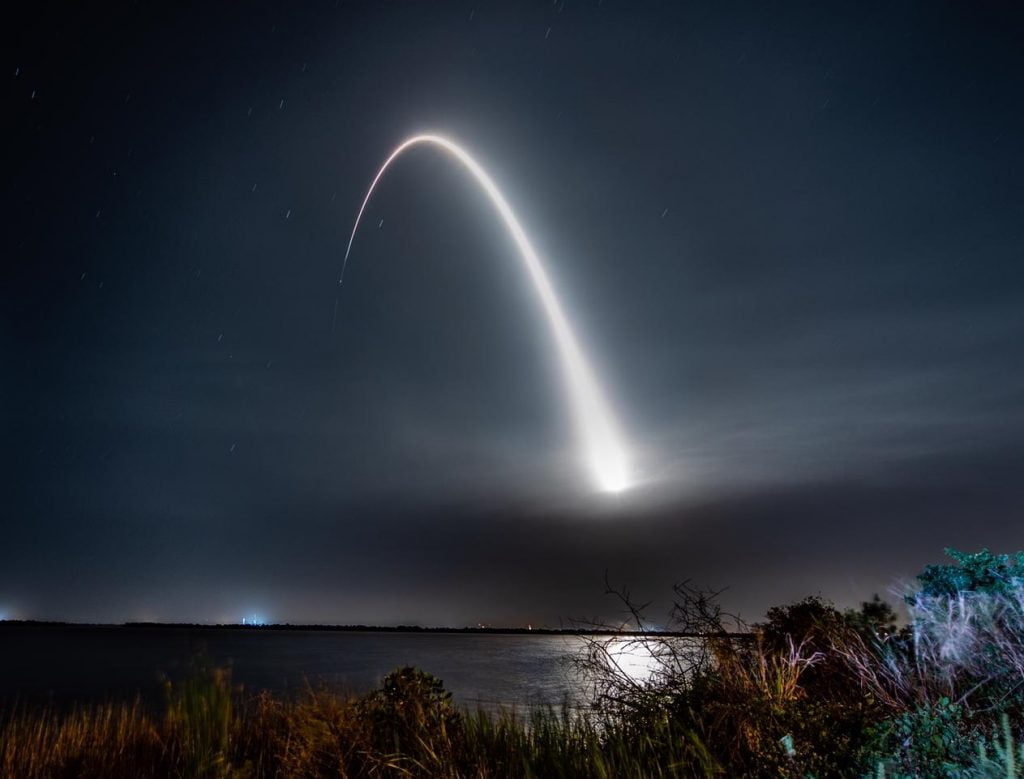The respective space agencies of Israel and the United Arab Emirates inked an agreement Wednesday, which will see both countries working on several projects together – including the Beresheet 2 mission to the moon.
The Israel Space Agency and the UAE Space Agency signed a Memorandum of Understanding (MOU) to enhance cooperation in scientific research, space exploration and knowledge transfer to facilitate increased economic growth and human progress. Israel and the UAE have grown increasingly close in a number of different fields since the signing of the 2020 Abraham Accords.
Sarah bint Yousif Al Amiri, State for Advanced Technology Minister and Chairwoman of the UAE Space Agency recently signed the deal with MK Orit Farkash-Hacohen, Israel’s Innovation, Science and Technology Minister during the delayed Expo 2020 Dubai’s Space Week.
In addition to the state level, a delegation of Israeli non-governmental organization SpaceIL‘s representatives, led by entrepreneur and philanthropist Morris Kahn along with SpaceIL CEO Shimon Sarid and Daphna Jackson, Director and CEO of the Kahn Foundation held a number of meetings with senior Emirati officials to discuss the principles for cooperation. One of the companies which is considering investing in the lunar mission is the Abu Dhabi-based Group42, an artificial intelligence and cloud computing company that develops scalable solutions.
SpaceIL said in a statement that the agreement with the UAE “created a model for cooperation between the two peoples in many aspects — technological, scientific and educational — which will deepen the connection between the countries and serve as inspiration for further cooperation between Israel and other Arab countries.”
The Beresheet 2 mission is planned to break several records in world space history between them: a double landing on the moon in one mission; Landing on the far side of the moon (to date only China has managed to land there), according to a SpaceIL statement.
The landings (adjacent to the parent spacecraft) will be the smallest spacecraft ever launched into space (each weighing 120 kg, half of which is fuel); In addition, the mother spacecraft is planned for a long-term mission of about 5 years and will be a platform for scientific educational activities in Israel and around the world, through remote connection, which will allow students from different countries to participate in scientific research in deep space. This includes young schoolchildren who will participate in the part of the mission centered around ongoing communication with the orbiter, which plans to orbit the moon over a two- to five-year period.
“Over the past few months, we have forged a strong relationship with senior UAE officials who seek to establish a deep relationship based on our shared values of education and technology, and hope to inspire the younger generations of both countries. We are proud to be the first project to pave the way for further historic missions. Since the Abraham Accords, we have been hashing out the details so that we may merge our common paths,” said Kahn, who invested a hefty $40 million sum in the previous lunar mission, which spectacularly failed at the very last moments, when Beresheet 1 crashed into the surface of the moon.
Related posts

Israeli AI Safety Tool Among TIME’S Best Inventions For 2024

TAU Team Discovers Mechanism To Eliminate Cancerous Tumors

Ashdod Port Investing In Startups As Part Of Innovation Strategy




Facebook comments